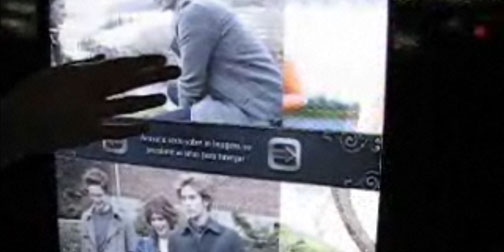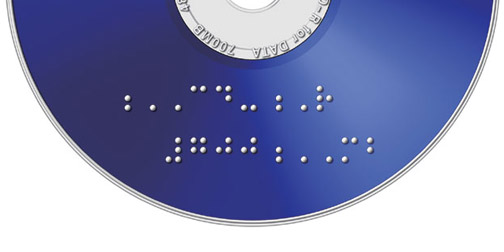World, meet Industrial Designer and digital music artist extraordinaire, Eric Johnson. Eric just debuted two of his most recent musical experiments at Etsy Labs Handmade Music nights. The first was his very entertaining Theremin Crutches. He recycled an old pair of crutches into a large theremin. The result looks and sounds like someone releasing all the stress the crutches have collected. Love it!
Eric's other project, Sixty Switches of Fury, is even more fabulous. It's a controller made to look like a piece of suburbia. The large section of wall houses 60 (now 61) light switches each controlling a music sample. The switches are arranged in octives like a keyboard, but unlike a keyboard you don't have to hold the keys down. Instead you just turn the switches on or off, creating a more natural and useful interface for those of us with only 10 fingers.
I appreciate Eric's approach to musical instruments because he comes at it from a design background and not just a musical one. The end result is all about the user interface and the interactive experience. The fabulously entertaining music is just a bonus. Eric's work was recently been featured by Wired and Time Out New York. May I just say that Nerdsters are awesome!



















